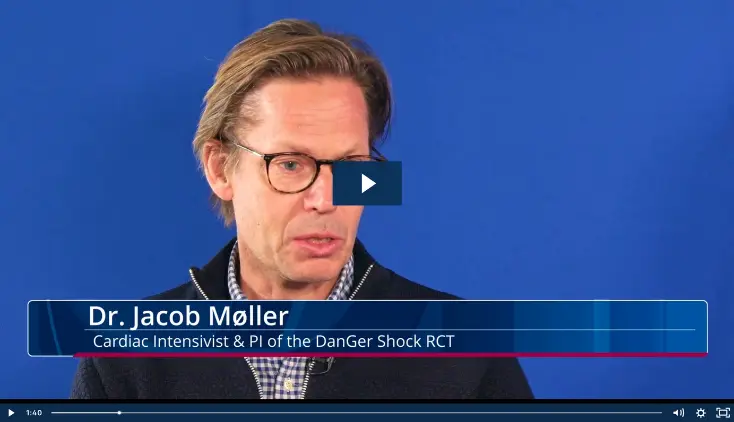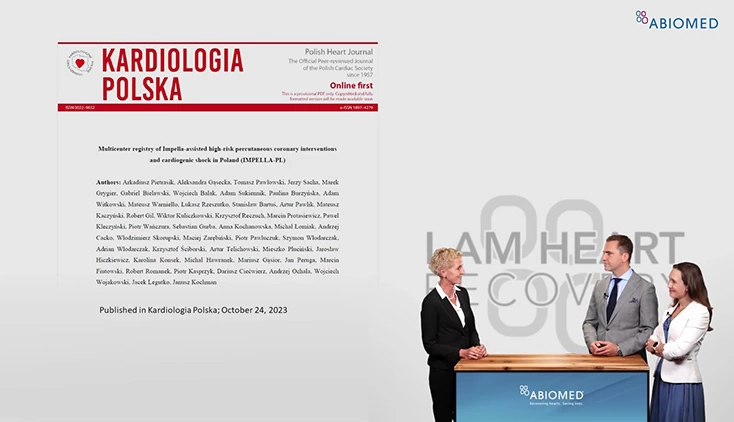Clinical Research & Data, Protected PCI
Vasileios Panoulas, MD: Restoring EF in Daily Clinical Practice
Vasileios Panoulas, MD, PhD, FRCP, FESC, presents 3 case examples from his daily clinical practice that illustrate LV improvement following Impella pump supported PCI. Dr. Panoulas is an interventional cardiologist at Royal Brompton and Harefield Hospitals in London, UK. This discussion was part of a larger Protected PCI webinar featuring presentations by Christophe Vandenbriele, MD, and Chuck Simonton, MD.
Case 1. 71-year-old male. This patient with classic risk factors presented with transient ST elevation. His pain settled during the angiogram, and he opted for CABG. However, while awaiting surgery he experienced recurrent episodes of chest pain with transient anterior ST elevation and elevated troponin and the heart team referred him for urgent PCI. The patient had extensive iliofemoral disease requiring axillary surgical insertion of Impella 5.0® for the PCI. He had a very calcific left main requiring rotablation and a very tortuous circumflex. Dr. Panoulas describes numerous complications encountered while stenting the patient, but he emphasizes that Impella pump support kept the patient’s hemodynamics completely stable, and he was pleased with the final angiographic and IVUS results. “What’s most impressive in this case is his LV recovery,” Dr. Panoulas explains. “12 months down the line, doing very well, walking his dogs now for miles without any significant issues… I’ve seen him now 2 years and a bit. Fantastic. No chest pain. No issues. No need for any revasc. And that proves the point that if you have support you have the luxury to do a very good job.”
Case 2. 78-year-old male. This patient presented with NSTEMI and decompensated heart failure with EF 17% and significant LV and RV systolic impairment. He had significant calcific disease that precluded use of Shockwave. Dr. Panoulas used atherectomy and implanted several stents, all under local anesthesia with Impella pump support. He achieved very good angiographic and IVUS results, again with significant LV improvement.
Case 3. 88-year-old male. This extremely fit and robust patient presented with low EF (30%), right CTO, and heavily calcified left main and aortic valve leaflets. With Impella pump support, Dr. Panoulas used Shockwave IVL with good results in left main. He was then able to remove Impella and deploy an Edwards SAPIEN 3 aortic valve, all under local anesthetic. The patient went home after a couple of days “and he’s doing fantastic, with his LV now 8 months later, having improved dramatically to 45%.”
Dr. Panoulas also briefly mentions the REVIVED BCIS2 study to emphasize how the patients included in that study are not representative of the types of patients he sees in his daily clinical practice. “We really need to look closely into the inclusion criteria of this study, because in my personal practice, I don’t see REVIVED patients very often, because the majority of them tend to come in with an NSTEMI or tend to come in with decompensated heart failure and… these patients were excluded from the REVIVED study.” He also highlights the study’s classification of significant coronary disease, noting that there are “a couple of small details in the study that we need to take with a pinch of salt before we start generalizing the results.”
NPS-3242


